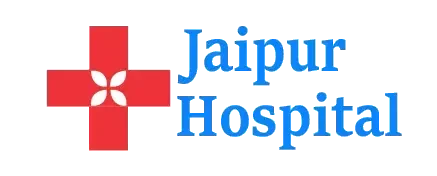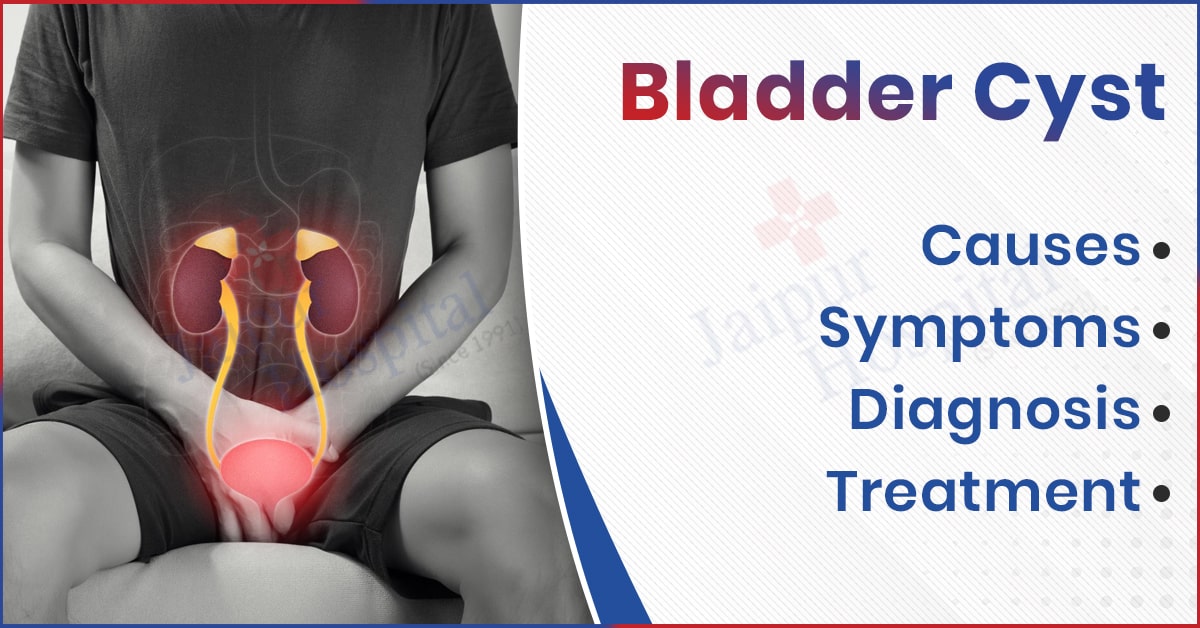Introduction
Bladder cysts are also referred to as fluid-filled sacs that can develop either on or in the bladder wall. They have the potential to impact not only the urinary function but also the overall health of the bladder. It is very important to comprehend the condition of bladder cysts, as they could be harmless and at the same time be a source of a medical condition needing care.
This piece will present to you all the necessary information regarding bladder cysts, such as the usual causes of bladder cysts, the signs of bladder cysts, the means of bladder cysts diagnosis, and the treatment options for bladder cysts. A thorough knowledge of the formation of bladder cysts, their identification, and the most effective ways of managing or treating them will be gained at the end of the article.
What Is a Bladder Cyst?
A bladder cyst is a fluid-filled sac that can form on or in the wall of the urinary bladder. The cysts may vary in size and their formation might be due to the obstruction of the bladder’s natural ducts, or they might be the result of infections, inflammation, or other medical issues. Nevertheless, the majority of bladder cysts are non-cancerous and do not show any symptoms. Conversely, a few cysts may cause pain, difficulty urinating, and recurrent urinary tract infections; hence, early diagnosis and treatment become very important.
You Can Read Also: Asbestosis: Causes, Symptoms, Risk Factors, Diagnosis, and Treatment
What Are the Main Causes of Bladder Cysts?
Comprehension of bladder cysts is fundamental for both their prevention and effective treatment. Bladder cysts may emerge in different ways those including structural difficulties, infections, and other medical conditions. The main causes are as follows:
- Congenital Factors: Some bladder cysts come with the newborn as a result of developmental mistakes in the bladder wall.
- Urinary Flow Obstruction: Urinary blockage in the bladder or urethra can cause a back flow of urine and thus, lead to cyst formation.
- Infections: Frequent urinary tract infections can cause the bladder lining to become irritated and thus lead to the formation of cysts.
- Inflammation: Long-term bladder inflammation, as in interstitial cystitis, can provoke the occurrence of cysts.
- Past Bladder Surgery or Trauma: Surgery or trauma to the bladder may sometimes lead to inflammation and thus, the formation of cysts in the area.
- Other Medical Conditions: Some disorders, such as bladder diverticula or polyps, may put a person at risk of developing bladder cysts.
Early Signs and Common Symptoms of Bladder Cysts You Should Know
The early detection of bladder cyst symptoms can lead to timely diagnosis and treatment. Some cysts might not show any signs but at the same time there are others that can be quite uncomfortable and even affect the urinary function. Therefore, the following common symptoms are listed:
- Frequent Urination: A feeling of needing to urinate all the time, no matter the bladder’s fullness, might be a sign of a bladder cyst.
- Pain or Discomfort: Lower abdomen or pelvic area pain can happen because of the pressure from the cyst and sometimes it can be very intense and go to the back.
- Difficulty in Urination: Symptoms such as a weak stream of urine, difficulty initiating urination, or sensation that the bladder is still full can be indicators of obstruction from the cyst.
- Blood in Urine (Hematuria): Blood in the urine can be a result of cysts whether the bleeding is minuscule and only detectable under a microscope or it is by the naked eye.
- Urinary Tract Infections: The occurrence of recurrent UTIs may indicate the presence of a cyst and at the same time may facilitate its enlargement.
- Swelling of the Lower Abdomen: Large cysts may result in the lower abdomen appearing distended or feeling full.
You Can Read Also: Infected Stitches: Causes, Symptoms, and Recovery Tips
Natural Remedies and Preventive Measures for Bladder Cysts
Bladder cysts should be a point of interest, which should lead to a medical work-up but there are several safe complementary treatments or prevention strategies maybe helpful. These strategies include:
- Hydration: Pennant drinking adequate water is one effective way to keep the bladder from irritation and even bladder cysts, through urination, you’ll facilitate the removal of some toxins and bacteria.
- Nutrition: A good diet with adequate amounts of fruits, vegetables, and whole grains along with lower amounts of process foods and sugars would likely be protective of urinary tract health.
- Cranberry products: Drinking cranberry juice or supplementing cranberry products works with many units and I have found credible evidence that consuming cranberry products and or juice supports prevention of urinary tract infections, the conditions that correlate with cysts in the bladder.
- Herbal support: Some herbs, such as parsley, uva ursi, or horsetails have been used in traditional medicine to support bladder health and reduce inflammation.
- Good hygiene practices: Good urinary hygiene will greatly reduce the risks of infections that lead to bladder cysts.
- Routine Screening: Scheduling regular family doctor visits for cyst checks, especially in patients with recurrent urinary problems or other health issues, will make it easier to spot the cysts early and get appropriate treatment when required for a bladder cyst.
How Doctors Diagnose Bladder Cysts Effectively?
Accurate identification of bladder cysts is essential to provide appropriate management or treat bladder cysts. The process to work up and make a diagnosis for bladder cysts in patients will involve the gathering of medical history, physical exam, and some form of evaluation. The common methods of evaluation are the following:
- Medical History and Symptom Review: The doctor will assess urinary habits, experience of pain, recurrent infections, and any other signs of a bladder cyst for better understanding the situation.
- Physical Exam: A pelvic examination or abdominal examination may show tenderness, swelling or other findings in the bladder area.
- Urine Tests: Urinalysis or urine culture can detect infections, blood, or other signs that suggest the presence of bladder cysts or that there are related complications.
- Imaging Studies: Ultrasound, CT scan, or MRI can give detailed images of the bladder, which will help in visualizing the size, location, and number of cysts.
- Cystoscopy: A thin, flexible tube with a camera is inserted into the bladder to see the cysts directly and check their features.
- Biopsy (if needed): In some instances, a small tissue sample from the cyst may be taken to confirm the absence of cancer or other underlying conditions.
Conclusion
Summarizing, bladder cysts are sacs filled with fluid that may impact the urinary function and health of the bladder, and their causes include infections, inflammation, and congenital factors, and urinary obstructions. It is of utmost importance to recognize the symptoms of a bladder cyst and to get a proper medical evaluation through the right diagnosis, which is certainly the case in most effective managements.
Bladder cyst treatment may include medical monitoring, minimally invasive procedures, or surgical intervention, depending on the size, type, and seriousness of the cyst. Jaipur Hospital provides holistic care for bladder cysts under the Urology Department with the help of advanced tools for diagnosis and treatment options designed to ensure the best patient outcomes.


